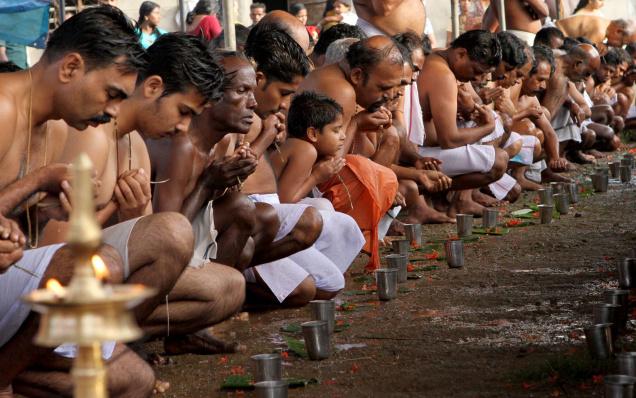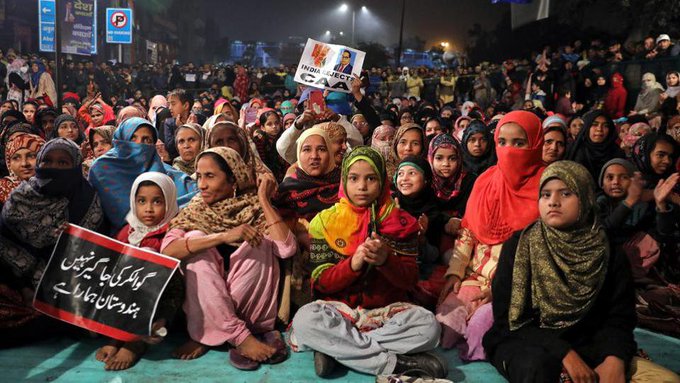CULTURE
Sabarimala Temple in Kerala had so far denied women between the ages of 10-50 years the right to enter into its premises. The Supreme Court’s judgement has lifted the customary ban and allowed women official access t0 the temple.
The New Leam staff

In a landmark judgement the Supreme Court has agreed to allow all women irrespective of their age and menstruation cycles into the Sabarimala temple. The Sabarimala verdict is of prime relevance because the temple is amongst the most significant in Kerala and it had so far restricted women’s (age group 10-50 years) entry into its premises.
The Supreme Court has put an end to a customary practice that had been going on for centuries and allowed women of all age groups to visit the temple freely.
A five-judge Constitution bench led by Chief Justice of India Dipak Misra, stated that the provision in the Kerala Hindu Places of Public Worship (Authorisation of Entry) Rules, 1965, had sanctified the restriction on women and had violated the right of women who belonged to the Hindu faith to practice their religion with dignity. The judgment also states that patriarchal prejudice cannot be prioritised over women’s equality.
The judgement came because a set of petitions had challenged the ban that was upheld by the Kerala High Court. The High Court argued that only the head priest of the temple was the correct authority to decide over such matters and no court can intervene. The petitioners including Indian Young Lawyers Association and Happy to Bleed argued in the court that such a tradition was intrinsically against the rights of women and was discriminatory in its authority.
They further stated that a custom of such a kind should be abolished and women should not be discriminated against. The judgement that the Supreme Court has delivered has said that excluding women of the age group of 10-50 from the temple was like negating their dignity and right to pray.
The significance was laid on doing away with patriarchal rules and to giving women equal rights to pray in places of their choice.
This judgement holds great significance in the present era because despite educational and economic advancement of the society, our orientation and outlook toward women has not changed significantly.
It is ironic that a centuries old tradition like the denial of women their right to enter the temple space have for so long remained unquestioned and it is only today that so many women will officially enter the temple.
It must be reiterated again and again that an equal and egalitarian right to enter and use public spaces should be central to the political and cultural discourse of any nation. The fact that a discriminatory and unjust custom has been finally abolished reminds us of a vigilant and liberated minded public discourse in India that has managed to flourish in spite of the onslaught of many archaic traditions. It is indeed a moment of celebration but also a moment of responsibility to free not only temples but all public spaces from practices that are discriminatory by nature.














